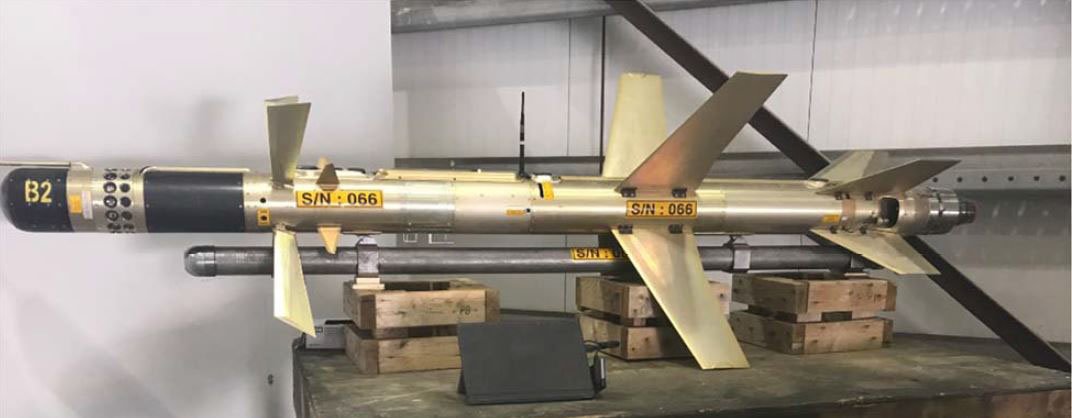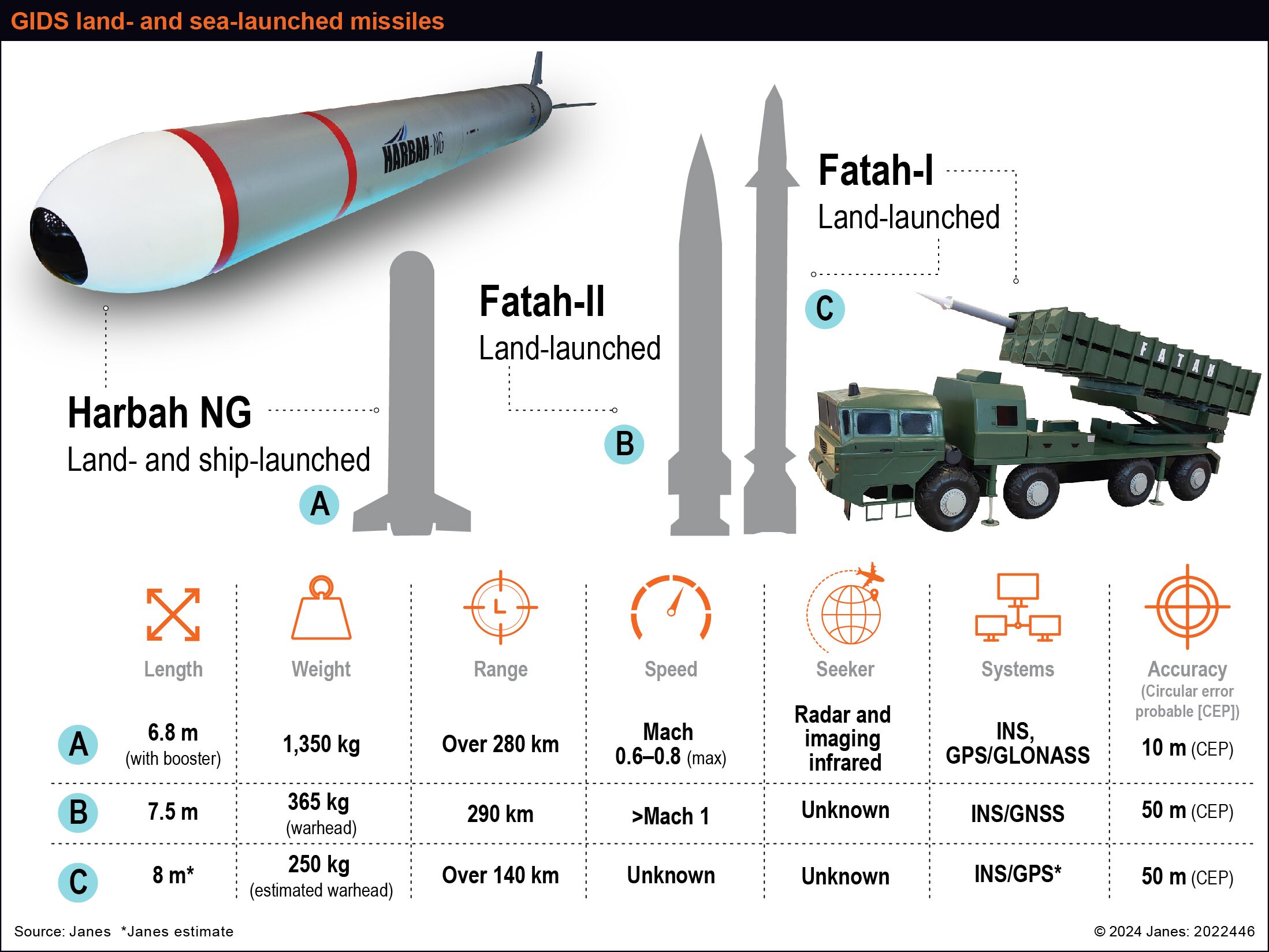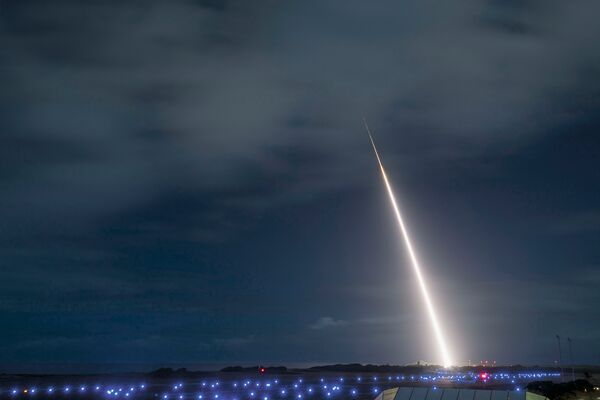- About
- Intara
- Capabilities
- Advisory
- Resources
- News
- Store
Suspected Iranian loitering SAM powered by Dutch minijet
03 February 2021
by Jeremy Binnie
The surface-to-air missiles (SAMs) found by the US Navy on two dhows smuggling weapons to Yemen are powered by small gas turbine engines made by the company AMT Netherlands, according to a recently released report by the UN Panel of Experts on Yemen.

One of the 358 SAMs that was recovered. (US Department of Justice)
The previously undocumented missiles were found along with other weapons and components – many of them Iranian-made – on two dhows that were stopped in the Gulf of Aden in November 2019 and February 2020. Named the 358 SAM by the US military, they are comparatively slow, but long-range weapons that appear to be designed to loiter until they detect an aircraft.
The panel of experts said there is no evidence the type has been used by the Iranian-backed Yemeni group Ansar Allah (the Houthis).
AMT Netherlands makes small jet engines for remotely controlled aircraft, gliders, and research purposes. The five recovered 358 SAMs were fitted with the company’s Titan engine, which weighs 3.6 kg, can generate 393 N of thrust, and costs around EUR10,000 (USD12,000).
Pakistan Army inducts Fatah-II rocket launcher
16 May 2024
by Kapil Kajal


The Fatah-II rocket is initially propelled using a single-stage dual-thrust solid rocket motor, which then disengages and glides to supersonic speeds to engage the target. (Janes)
The Pakistan Army has initiated inducting the Fatah-II multiple rocket launcher (MRL), the Pakistan Armed Forces' Inter-Services Public Relations (ISPR) agency said on 15 May.
“Fatah-II is being inducted in Pakistan's Artillery Divisions for stand-off [capability] and to engage the targets with precision,” ISPR said.
The rocket system will enhance the “reach and lethality of [the] Pakistan Army's conventional arsenal”, ISPR added.
The Pakistan Army also test-fired Fatah-II on 15 May. The test was “aimed at perfecting the launch drills and procedures”, according to ISPR.
Fatah-II – with a maximum strike range of 400 km – is equipped with a “navigation system, unique trajectory, and manoeuvrable features, which make the launcher capable of engaging targets with high precision and defeating any missile defence system”, ISPR said.
The MRL is developed by Pakistan's state-owned Global Industrial & Defence Solutions (GIDS) as an extended-range variant of the Fatah-I MRL.
Japan, US firm up co-operation to develop Glide Phase Interceptor
16 May 2024
by Kapil Kajal


The Standard Missile (SM)-3 Block IIA missile, pictured above launching from the Pacific Missile Range Facility in Hawaii, is jointly developed by the US and Japan. The MDA said the GPI joint development will be pursued in a construct similar to that used for the SM-3. (US MDA)
Japan and the US have firmed up their co-operation to jointly develop a Glide Phase Interceptor (GPI).
According to the Japan Ministry of Defense (MoD), the two countries signed a partnership agreement on 15 May to promote collaboration on research and development of the GPI.
The development of the GPI will be initiated in 2024 and it is scheduled to be completed in the 2030s, the MoD said. The GPI is envisaged to improve Japan's integrated air and missile defence (IAMD) capabilities, and deterrence and response capabilities of the Japan-US alliance, the MoD added.
The MoD said it will work “closely with the US Department of Defense to ensure the success of this joint development, and will strive to strengthen the alliance through joint development”.
US Navy seeks to replenish, bolster surface forces following successful Red Sea operations
15 May 2024
by Michael Fabey


The US Navy is trying to develop directed energy systems like HELIOS to counter low-end threats. (Lockheed Martin)
While underscoring effective US Navy (USN) surface-fleet operations in the Red Sea since October, Rear Admiral Fred Pyle, USN surface warfare director, acknowledged a need to not only replenish weapons stocks but also to find additional options to defend forces against low-end threats.
Speaking on 14 May during a Center for Strategic and International Studies (CSIS) event on Red Sea surface warfare operations, Rear Adm Pyle said, “Should we find a more cost-effective way of downing drones? Absolutely.”
The scale of the operations has indeed exacted a cost for the USN, Rear Adm Pyle pointed out.
“What our forces are engaged in Red Sea now we've not seen since probably World War II,” he said. “We're operating in weapons-engagement zone.”
Referring to the air and missile defence demand signal for surface forces, he said, “I don't think it's ever been stronger.”
As a result, “we have spent a billion dollars in munitions since last October”, he said.
The USN now must replenish the missile inventory, he noted.
The surface-to-air missiles (SAMs) found by the US Navy on two dhows smuggling weapons to Yemen are ...
Latest Podcasts
The value of OSINT for intelligence sharing
In this episode Harry Kemsley and Sean Corbett are joined by Phil Ritcheson Ph.D. to discuss why intelligence sharing is now more important than ever. They discuss the growing need for allied and partnership and how by using open sources facilit...
Listen nowJanes Case Studies
Using Janes Intara to build a common intelligence picture: Russian build up on the Ukrainian border
View Case StudyNews Categories
 Weapons Details
Weapons Details